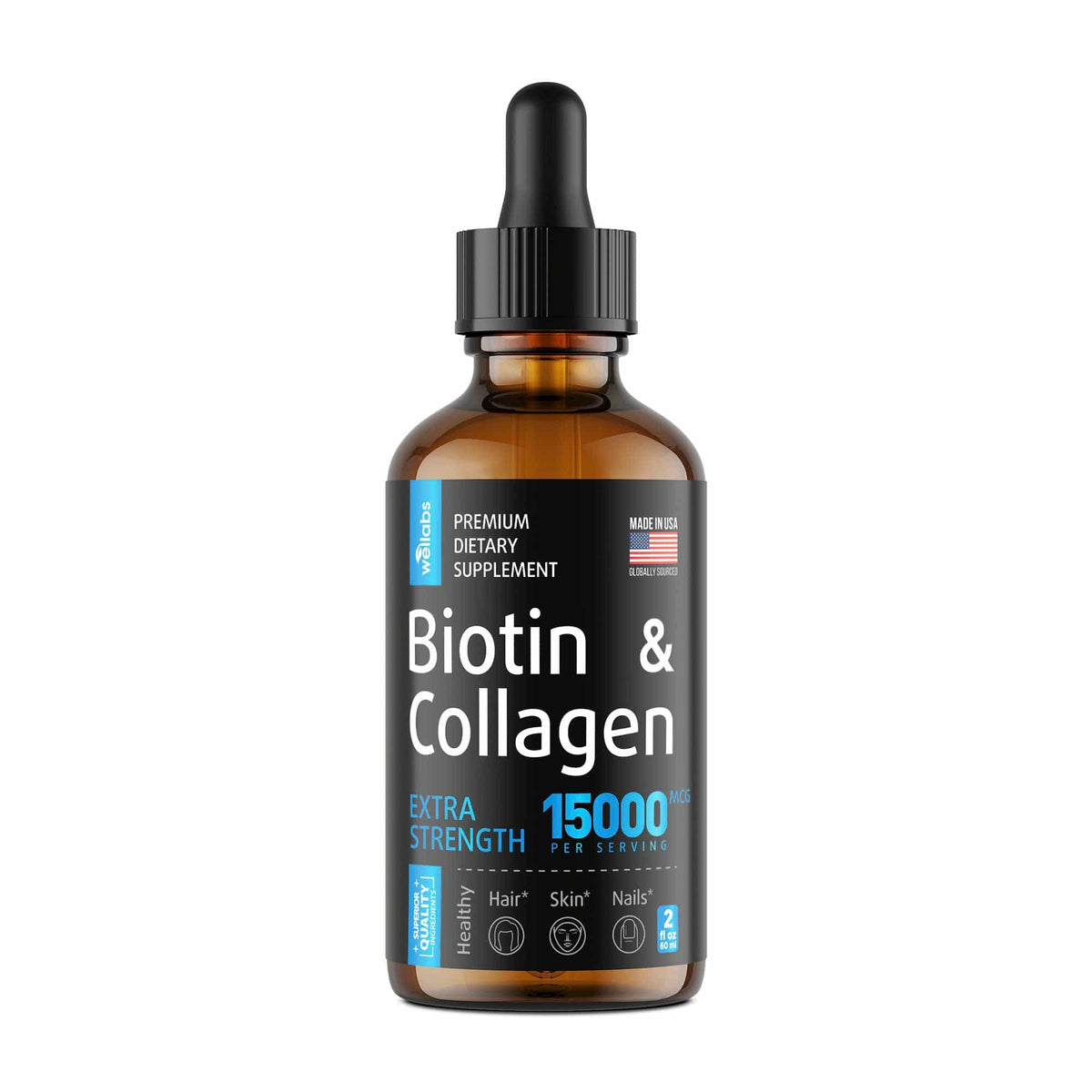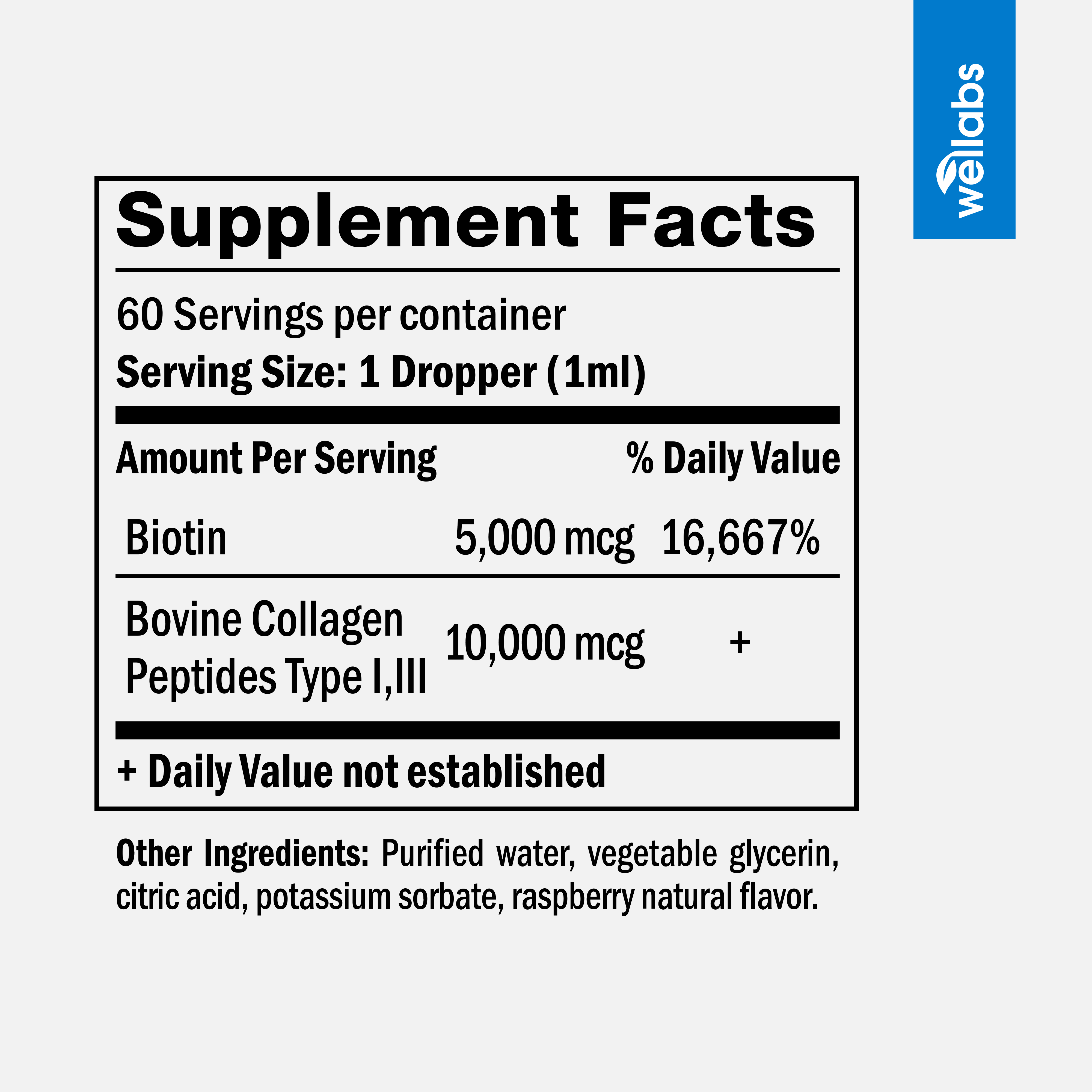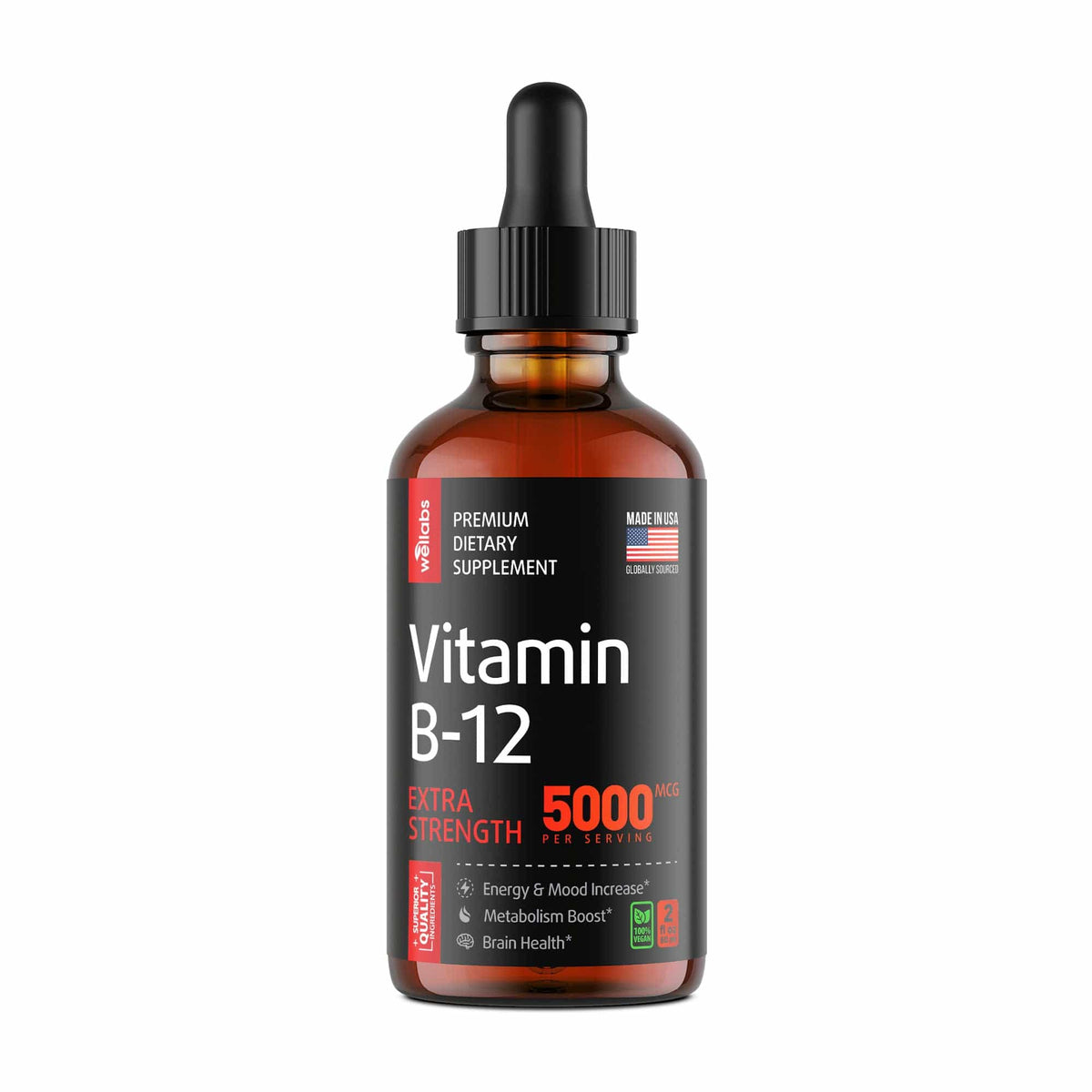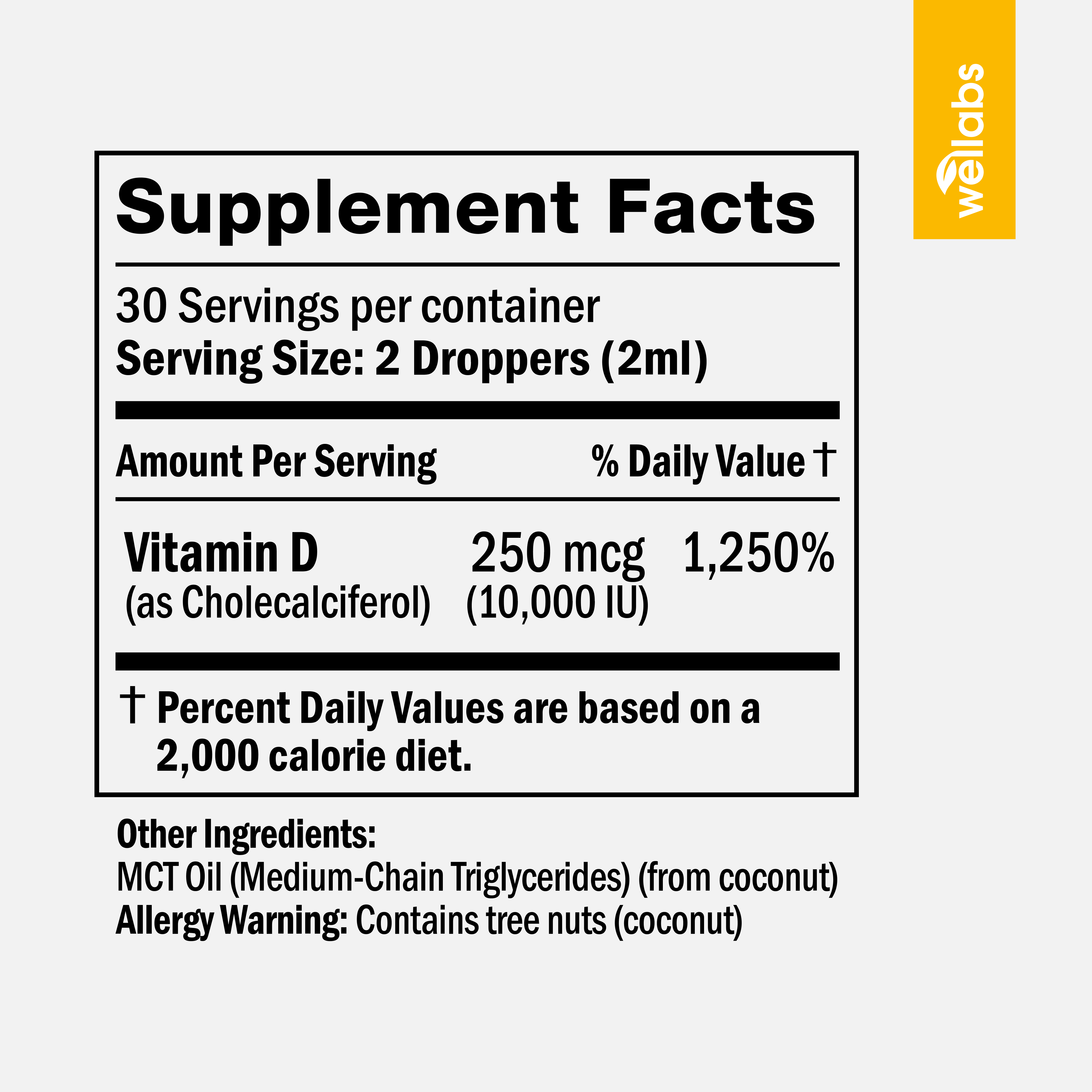
What Diseases Can Your Nails Tell You?
You must have heard or come across the phrase, "Thy eyes are the window to thy soul", but did you know that there are things your nails say about your health? Indeed, as unusual or strange as it sounds, even doctors agree that there are things your nails say about your health. Apparently, it seems as if one's nail health is closely associated with how well their body is functioning and, in a way, an indicator of various facets associated with good health such as an efficient digestion process or a strong immunity.
So then, what diseases can you tell by your nails? Well, 'nailing' your systemic health problems is a two pronged affair. On the first front, there are several pointers that a doctor can read into your general health by simply scrutinizing your nails while there are other things that only a dermatologist can decode by paying attention to the external fibrous covering of your fingers or toes. Let's dive into it, shall we?
What Can a Doctor Tell About Your Heart by Looking at Your Fingernails?

Now that you know that there are certainly things your nails tell you about your health, you may be curious enough to wonder, what can a doctor tell about your heart by looking at your fingernails? But in order to get to the bottom of that, here is a detailed list on how to tell your health by your nails.
1. Clubbed Nails
Although somewhat humorous, the phrase 'clubbed nails' is a rudimentary description of what happens when the ends of your toes or fingers resemble bulb-like or club-like shapes. Some doctors will refer to this symptom as 'drumstick fingers'. And while some people are genetically predetermined to have clubbed nails, most often than not, it is normally a tell-tale sign of potentially fatal and expensive-to-treat disorders - especially if you never had clubbed nails in the past.
Nail clubbing, particularly when it shows up without any explanation, can be a symptom of a serious underlying pulmonary or circulatory complication that you shouldn't ignore. So, if you are wondering, "How can you tell you have heart problems by looking at your nails?" Be on the lookout for drum-like fingers. They could be a life-saving sign that you are suffering from a silent pulmonary or heart disease, including lung cancer.
Besides, clubbed nails have also been linked to other unrelated, but still serious conditions, such as liver cirrhosis and gastrointestinal conditions. However, since it is difficult to determine if the club-like appearance of your nails is just a harmless genetic feature, it is imperative to consult your physician for an expert diagnosis to rule out any chances of dreadful illness lurking in the shadows.
2. Unexplained Whitish Spots of Your Nails

White spots appearing on your nails should not be dismissed or treated casually, especially if you care to know what diseases you can tell by your nails. The situation becomes even more dire if the whitish spots are not as a result of trauma on the nail plate or any other accountable circumstance. It could be one of the symptoms of an underlying health condition that warrant an urgent diagnosis by a qualified medical professional.
That aside, it's worth noting that sometimes whitish spots may be a hereditary phenomenon that runs in your family and not an indicator of a possible grave illness. Again, all the more reason to get yourself checked out as soon as possible.
3. Beau's Lines aka Horizontal Gaps/Grooves
Depressed bands or characteristic gaps that stretch horizontally throughout the nail plate can mean that your nails lack vitamin c. Otherwise, these lines - commonly known as beau lines - are associated with a number of systemic diseases, some of which can be potentially quite hard to treat. These include the likes of syphilis, pneumonia, and mumps. Still, they can be as a result of nail trauma, extreme cold or a looming heart attack and that's the reason you may want to schedule an urgent appointment with your physician if horizontal grooves suddenly appear on your nails.
4. Muehrcke's Lines aka Pale Horizontal Bands
Muehrcke's lines describe a phenomenon where mysterious lines that run horizontally from one end of the nail plate to the other appear without any conclusive explanation. Scientists believe that these crosses are a result of lack of sufficient albumin in the bloodstream - also known as hypoalbuminemia. Albumin, in case you are wondering, makes at least 80% of your blood composite protein and a serious deficiency could translate to extremely dire consequences.
Speaking of which, such lines are often associated with possible diagnosis of liver cirrhosis, nephrotic syndrome (a serious kidney disorder), general malnutrition, side effects of chemotherapy among a host of other miscellaneous causes.
5. Dark Lines and Nail Luna

You should be worried if you come across a black or linear brown streak on your nails which extends from the cuticle to the tip of your finger. In the past, doctors have linked it to possible cases of skin cancer especially if the line appears to reside within the confines of the nail matrix and way below your nail fold.
So, if you are wondering, does a nail luna mean anything about health? Well, having shades that resemble half moons on your nails is not a very comforting thing. It could be anything. For instance, it could point to a serious or complicated medical condition or it could something as easily treatable as a vitamin deficiency.
6. Yellow Nails
Yellow nails can be as a result of many different things, among them an ongoing fungal infection. Nonetheless, habitual smokers may also have yellow nails especially if they are not so prudent with their manicure. If not this, yellow nails may also be indicative of psoriasis, diabetes and thyroid problems.
In some rare cases, however, the yellow nail syndrome (aka YNS) can show up in patients suffering from lymphedema (swelling of your extremities) and serious lung disease. And although this is commonly observed in people over the age of 50, there are reports of young children showing signs of the syndrome too.
The Yellow Nail Syndrome (YNS) may go away on its own. Nevertheless, if it does not, a supplement that avails vitamin E could come in handy.
What can Dermatologists Tell by Your Nails?
Surprisingly, dermatologists can also tell your health by your nails with a bit of precision too. Here are some of the pointers that they will be on the lookout for.
1. Unusual Changes in the Color of your Nails

Dermatologists are trained to associate strange changes in the color of your nails with possible underlying health problems. Blue nails, for instance, may be indicative of a number of life threatening scenarios such as;
- Silver poisoning: Technically speaking, your nail is not blue - it is just the nail bed underneath. It has no pigment hence vulnerable to foreign coloring. Silver poisoning aka argyria, is one of the major causes of blue nails, as the metal is usually first deposited under the nail bed. The condition, which is at times irreversible, can quickly grow worse with increased exposure to the metal and if caution is not taken to minimize it. People who work with the metal such as silverware manufacturers and silver miners are typically at the biggest risk of developing blue nails as a result of argyria.
- HIV infection: Persons infected with the HIV virus can develop blue nails as a result of their body's immune system attempting to kickstart a disease-fighting response to the pathogen. What's more, some antiretroviral medicines have also been observed to trigger blue nails in first-time patients.
- Occupational hazards: A few jobs can give you blue fingernails. A good example is mechanics who at times get them as a consequence of constantly working with oxalic acid to clean out automobile radiators. The same can be said of professional paint removers, metal cleaners and manufacturers of dyes or inks.
- Cyanosis: The prolonged lack of sufficient oxygen in your erythrocytes (red blood cells) can result in the skin beneath your nails, mucous membranes, lips, feet and back of hands turning a characteristic pale blue. And so does severe exposure to cold temperatures that triggers an unusual high level of haemoglobin. Cyanosis can also be a direct consequence of serious chronic diseases such as asthma, COPD (chronic obstructive pulmonary disease) , asthma or anything that is preventing your body from delivering oxygenated RBCs efficiently. This could be pulmonary embolism or even pneumonia so it's good to get checked out.
- Medications: A few medications are known to make your nail beds blue. They include the likes of antimalarial drugs, antipsychotic medications such as phenothiazines and amiodarone (a drug that is used to regulate heartbeat). Minocycline- a rosacea fighting medication - has also not been left out from this list of drugs that can cause your nails to start turning blue.
2. Cracked or Split Nails

Nail brittleness and cracked nails signifies a number of possible things but it is mainly associated with the elderly, all other factors held constant. If not so, it can be as a result of nail trauma, nutritional deficiencies or underlying diseases. Speaking of which, dermatologists sometimes have different descriptions depending on the manner which your nails have started splitting. Onychoschizia, for instance, is when they start splitting horizontally while onychorrhexis describes splitting in the direction of the growth of the nail bed.
3. Paronychia or Puffy Nail Fold
When the skin around your nail edge, also known as the nail fold, gets swollen and puffy then it should be time to visit a qualified dermatologist for an exhaustive analysis. Acute paronychia, as it is commonly referred to, could be indicative of several things among them an ongoing infection or a chemical irritation. You can also get puffy nails from spending too much time soaking your hands in water such as dishwashers, food handlers and swimming enthusiasts. People living with diabetes also tend to be vulnerable to it. The same applies to those who are HIV medica
4. Green Nail Syndrome
Waking up with green nails can be a frightening experience but it is also one way of how to identify nail fungus and bacterial infection used by dermatologists. Speaking of which, the green on the nail bed can appear as just a splotch or can be something as extensive and alarming as a dark, vivid and entirely green nail. Either way, the phenomenon, which can appear on toe or fingernails could be the aftermath of a bacterial or fungal infection.
The pseudomonas strain of bacteria, in particular, is known for causing these kinds of infections. It is commonly found and spread through contact with contaminated water; this means wet weather gardening, working lengthy hours as dishwasher or swimming in insufficiently chlorinated waters. It is also worth noting that people whose jobs cause their nails to separate could also be at an elevated risk of having green fingernails, they include gardeners, plumbers or janitors.
How Can You Tell by your Nails if you Have a Vitamin Deficiency

There are several nutritional and mineral deficiencies that can cause the discoloration of your nail plate. So if you are wondering, what vitamin do I lack if my nails have white? Here's a quick primer on that.
Dent in nails: Usually, lack of vitamin d dents in nails. The good thing is that this is easily reversible if you invest in a quality vitamin D supplement such as these Vitamin D3 drops by Wellabs. The same applies to solving the correlation between dark nails and lack of vitamin D.
Dent in nails: Usually, lack of vitamin d dents in nails. The good thing is that this is easily reversible if you invest in a quality vitamin D supplement such as these Vitamin D3 drops by Wellabs. The same applies to solving the correlation between dark nails and lack of vitamin D.
A brown-gray sheen or discoulation: This could be pointing to a serious vitamin B12 deficiency. Again, supplementation with quality vitamin b12 liquid drops could go a long way in keeping this phenomenon at arms length.
White nails: Extremely pale nails or white ones may suggest an acute case of anaemia. Red or pink nails, on the other hand, can be indicative of malnutrition with the backdrop of several vitamin and nutrient deficiencies. A deficiency in biotin, in particular, has been known to increase the risk of nail plate discoloration and fungal infections of the nail bed. The good thing is that these absorbable Wellabs Biotin and Collagen drops appear to solve the problem swiftly.
Abnormally shaped nails: Several nutritional deficiencies have been shown to cause textural and structural changes in the surface/shape of nails. While ridges can be a consequence of iron deficiency, lack of protein or folic acid is linked with extremely brittle nails. A prominent groove that extends down your nails is a tell-tale sign of iron deficiency and so is Koilonychia while Beau's lines are closely associated with severe lack of zinc.
The Takeaway
Numerous nail changes are often as a direct result of micronutrient and macronutrient deficiency. Recognizing these unmissable dermatologic symptoms is critical to stopping the progression of an underlying ailment before it becomes too late. Remember that administration of appropriate treatment in time could make a huge difference in your prognosis in the unfortunate event that you're suffering from a life-threatening ailment.
Products from article
We think you’ll love

Demystifying Vitamin B12: Methylcobalamin vs Cyanocobalamin- Which Reigns Supreme?

Is 10000 mcg of Biotin Too Much? A Comprehensive and Informed Take

Top 10 Running Supplements for Endurance

Does Biotin Cause Weight Gain? A Comprehensive Analysis












Leave a comment